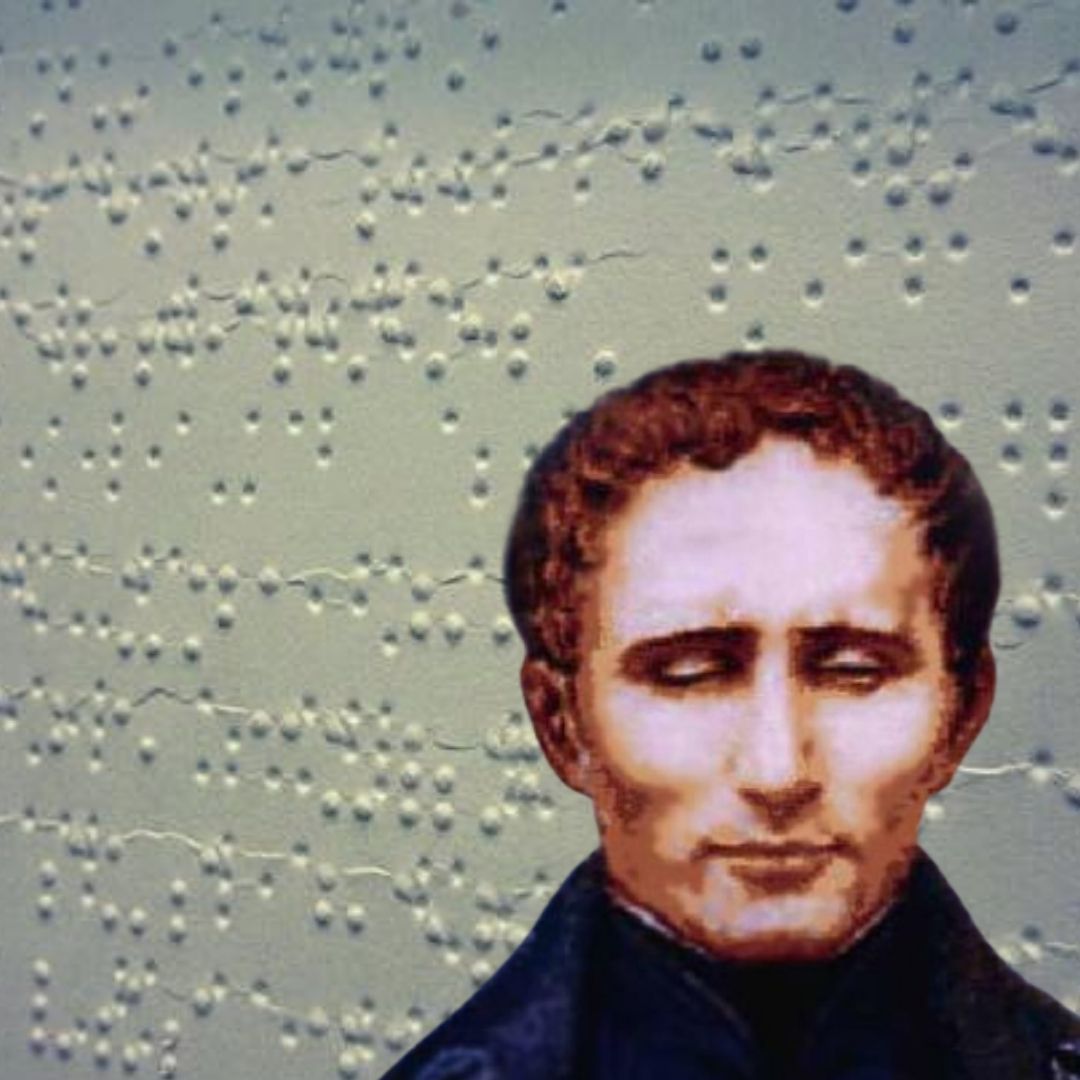
Image Credits: Wikimedia
Know More About Braille's Origin And Importance As Reading System For The Blind
Writer: Akanksha Saxena
I am a budding journalist who loves to write stories that have the ability to connect with people.
Others/World, 4 Jan 2022 12:06 PM GMT
Editor : Ankita Singh |
A literature lover who likes delving deeper into a wide range of societal issues and expresses her opinions about the same. Keeps looking for best-read recommendations while enjoying her coffee and tea.
Creatives : Akanksha Saxena
I am a budding journalist who loves to write stories that have the ability to connect with people.
It was Louis Braille's sheer frustration as a blind student in the 1800s that led him to discover a tactile communication code, now used by the visually impaired globally.
January 4 is celebrated as World Braille Day to commemorate the code system that made it possible for the visually impaired to read effortlessly. A French educator named Louis Braille was born, whose brainchild is the revolutionary code system.
At the age of three, Louis Braille was blinded in one eye after a mishap with the stitching awl. The injury resulted in infection spreading in both eyes, which led to his eventual blindness. In the 1800s, there were not many resources to help the blind. It was then that Louis Braille came up with a sensory code to assist them in reading.
Since 2019, 'World Braille Day has been observed every year to raise awareness about the exciting medium of communication that has gained prominence over time.
Interesting Facts About Braille
Consisting of many dots, blind people use their fingertips to decipher something written in Braille. The system was inspired by a military code used by the French Army that involved neither speech nor light in writing it. Known as the 'Night Writing System', Louis Braille made an alphabet utilising a series of six dots and wrote his first book in 1829.
Contrary to popular belief, Braille is not a language. It may have an alphabet, but this code is replicated in over 133 languages, such as Chinese and Arabic. The code is written mainly using small letters, except when referring to Louis Braille's name.
Over the years, Braille has proved to be lucrative. According to The Economic Times, many people with visual impairments use the Job Access With Speech (JAWS) Software that includes Braille support and makes it easier for such employees to work with it.
There have been efforts to make a more inclusive world, but there is still a long way to go. The National Programme for Control of Blindness (NPCB) states that around 12 million people are blind, only 29.6% are educated. A meagre 6.86% of schools have access to Braille books to help visually-impaired students in the long run. The Election Commission also introduced Braille voter slip for a more inclusive voting process during the 2019 Lok Sabha elections.
Also Read: IIT Alumnus Develops Voice Tool To Help Visually Impaired Use Popular Digital Apps
 All section
All section














